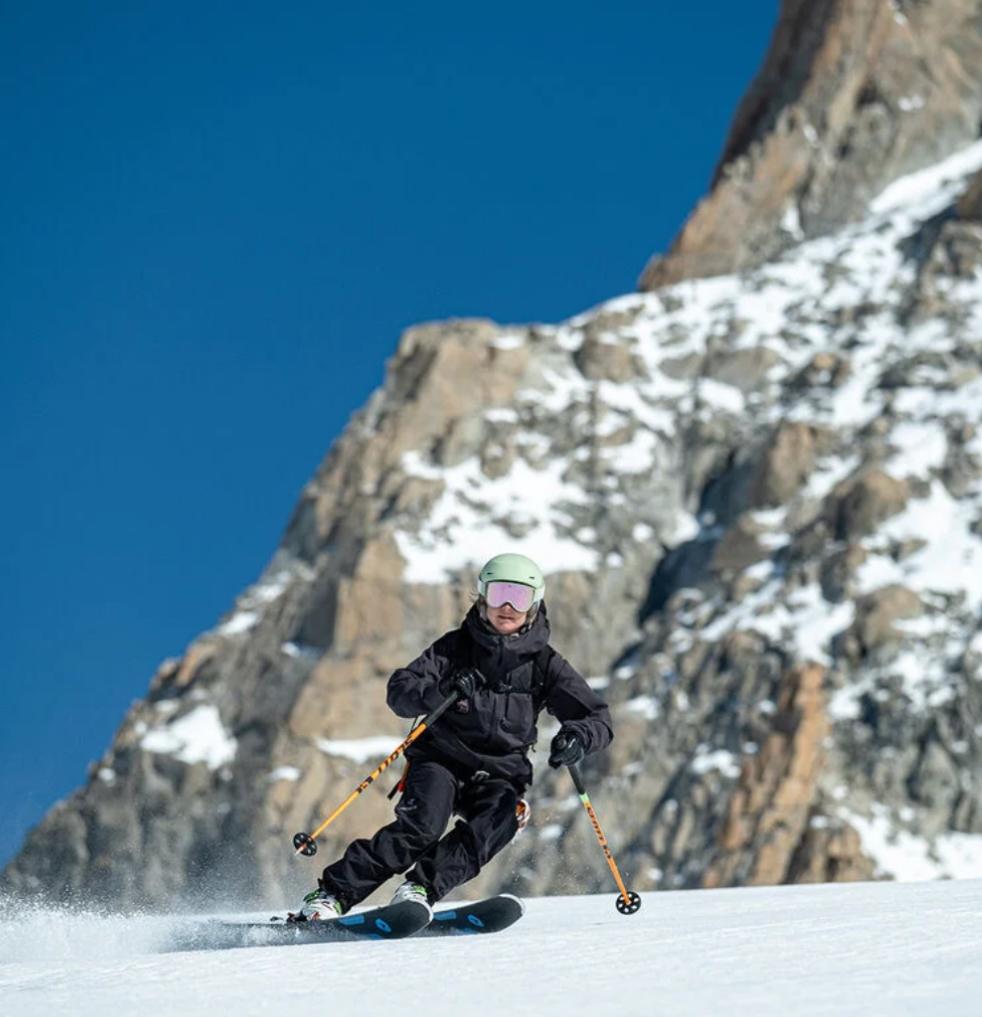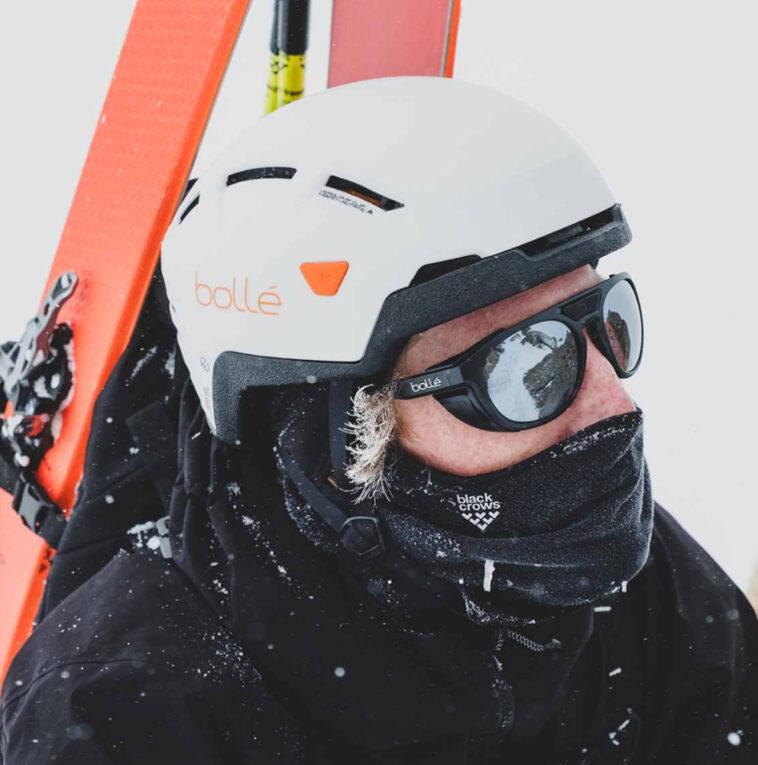Skiing and snowboarding are thrilling winter sports that offer an unparalleled rush of adrenaline and a deep connection to the outdoors. However, their inherent risks cannot be ignored. High speeds, unpredictable terrain, and variable weather conditions create a perfect storm for potential accidents.
One of the most effective ways to safeguard against severe injuries is by wearing ski helmets, a crucial piece of equipment that has evolved significantly over the years to ensure both safety and comfort.
In this post, we’ll discuss the vital role ski helmets play in reducing winter sports injuries, the science behind their design, and why they are a must-have for every skier and snowboarder.
The Importance of Head Protection in Winter Sports
The head is one of the most vulnerable areas during skiing and snowboarding accidents. A fall on icy terrain or a collision with a tree or fellow skier can result in life-altering head injuries, including concussions and traumatic brain injuries (TBIs). Statistics show that head injuries account for approximately 20% of all skiing and snowboarding-related injuries.
Ski helmets are specifically designed to mitigate the risk of these injuries. By absorbing impact forces and reducing the likelihood of skull fractures, helmets play an indispensable role in ensuring that skiers and snowboarders can enjoy their sport with peace of mind.
What’s more, helmets provide warmth, shielding the head and ears from cold temperatures and wind, making them a dual-purpose accessory for winter sports enthusiasts.
How Ski Helmets Reduce the Risk of Injuries
The science behind ski helmets is impressive. Modern helmets are crafted with advanced materials and technologies that enhance their effectiveness while maintaining a lightweight and comfortable fit.
- Impact absorption: Most helmets feature an outer shell made from durable polycarbonate or ABS plastic and an inner liner crafted from expanded polystyrene (EPS) foam. This combination works to disperse and absorb the energy from impacts, reducing the force transmitted to the skull.
- Multi-directional impact protection system (MIPS): Some helmets now include MIPS technology, which reduces rotational forces during angled impacts—a common occurrence in skiing accidents.
- Snug fit and secure straps: A well-fitting helmet stays in place during a fall, ensuring maximum protection. The adjustable straps and sizing systems in modern designs enhance safety and comfort.
These innovations have made helmets not only safer but also more appealing to wear, addressing past concerns about bulkiness and discomfort.
The Evolution of Helmet Usage in Winter Sports
Decades ago, ski helmets were rare on the slopes, with many athletes relying solely on skill and luck to avoid injuries. However, as the popularity of skiing and snowboarding surged, so did the number of reported accidents. This prompted industry experts and medical professionals to advocate for helmet use.
Today, ski helmets are a common sight on mountains worldwide. Campaigns led by organizations like the National Ski Areas Association (NSAA) and advancements in helmet design have contributed to a significant cultural shift. Ski resorts now encourage helmet use, and many even mandate it for children participating in lessons.
Despite this progress, there remains a segment of skiers and snowboarders who resist wearing helmets, citing reasons like discomfort, reduced visibility, or the perception that helmets are unnecessary for skilled athletes. Addressing these misconceptions through education and awareness is crucial for further increasing helmet adoption.

Debunking Myths About Ski Helmets
Ski helmets have faced their share of myths and misconceptions. Let’s break down some of the most common ones:
Myth: Helmets make skiing more dangerous by encouraging riskier behavior.
Reality: It has been shown that there’s no correlation between helmet use and risk-taking. In fact, helmet wearers often demonstrate greater awareness of their surroundings.
Myth: Helmets obstruct hearing and peripheral vision.
Reality: Modern helmets are designed to provide clear auditory and visual input, ensuring that wearers can stay alert on the slopes.
Myth: Helmets are only necessary for beginners.
Reality: Accidents can happen to anyone, regardless of skill level. Even professionals face risks and benefit from wearing helmets.
By addressing these myths, the industry continues to promote a safety-first mindset without compromising the fun and excitement of winter sports.
Selecting the Right Ski Helmet
Choosing the right helmet is essential for maximum protection and comfort. Factors to consider include:
- Fit: A helmet should fit snugly without causing discomfort. It should sit level on the head, with no gaps between the helmet and goggles.
- Certification: Look for helmets that meet safety standards like ASTM F2040 or CE EN1077. These certifications ensure rigorous testing for impact protection.
- Ventilation: Adjustable vents help regulate temperature and prevent fogging, a critical feature for long days on the slopes.
- Style and features: While safety is the priority, many helmets now offer custom designs, Bluetooth integration, and removable liners for added convenience.
Investing in a high-quality ski helmet enhances safety and adds to the overall enjoyment of winter sports.
Conclusion
Ski helmets have undoubtedly revolutionized safety in winter sports, reducing the severity of head injuries and saving countless lives. However, the journey doesn’t end here. Continued advancements in helmet technology, coupled with widespread awareness campaigns, will play a pivotal role in achieving even higher adoption rates.
Whether you’re a seasoned skier or hitting the slopes for the first time, wearing a helmet should be as instinctive as strapping into your skis. By prioritizing safety, you ensure that the thrill of winter sports is accompanied by peace of mind and long-term health.







Comments